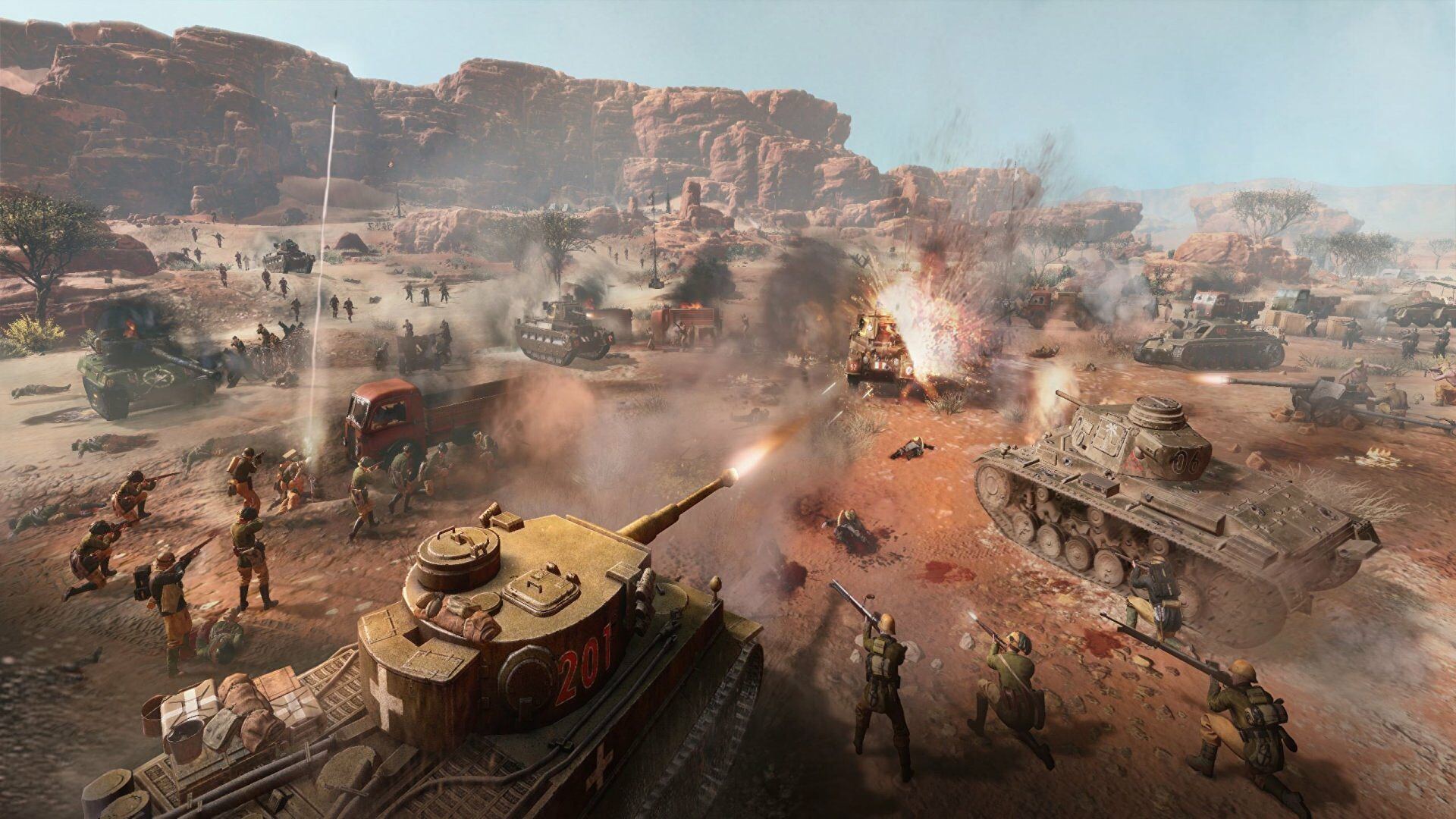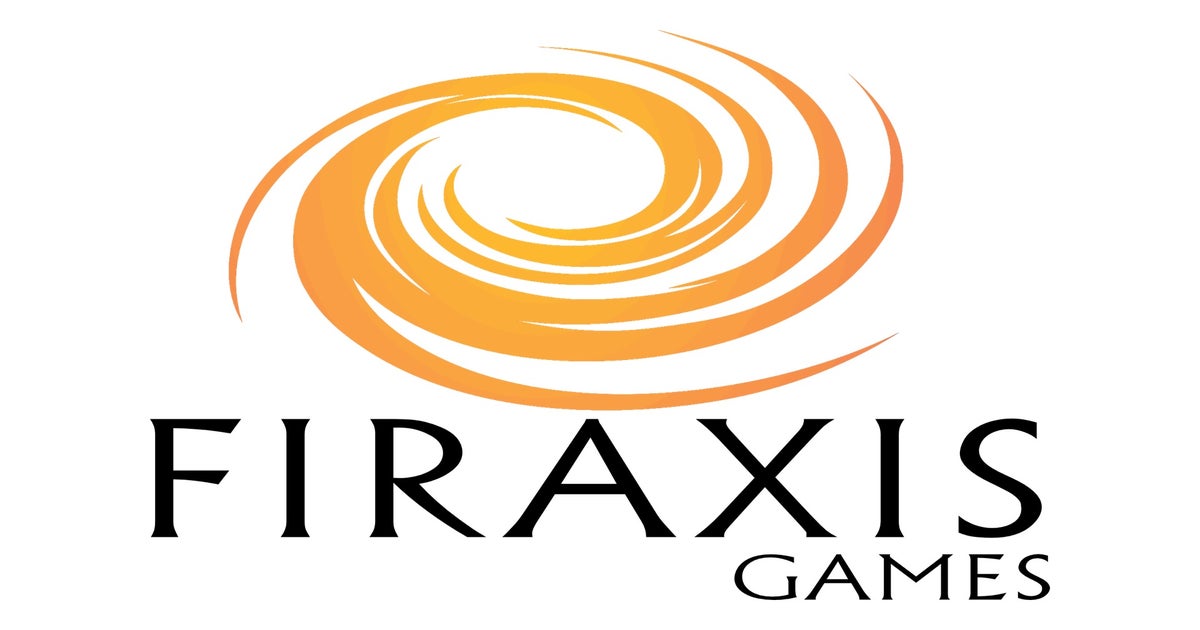Let’s get this one out of the way early: there’s a certain strangeness – or worse – to talking about how good the bits where you get to play as Erwin Rommel are in a video game. This is the odd situation that Company of Heroes 3 puts you in, however. A game that simulates war for fun, which releases, somewhat unbelievably, a day before the anniversary of the war in Ukraine, and is – despite the questionable nature of putting you in a Wehrmacht commander’s shoes, and astonishingly poor decision-making behind its release date – somehow, a success. Company of Heroes 3 is very, very good, in part because great care has been taken with those gambles on its setting and tone.
That’s not to say this is much of a surprise. Relic has been at the pinnacle of the RTS (real-time strategy) scene for some time now. There were some who might have worried after the mixed-at-best reactions to Dawn of War 3, which gambled much more aggressively on giving units active abilities and its multiplayer maps more defined ‘lanes’, but they shouldn’t. Company of Heroes 3 is a conservative’s dream, the ultimate safe bet of a sequel and a clear reaction to the studio getting its hands singed by DoW 3’s creative chances. Here’s everything you liked about Company of Heroes before now, plus more of it, plus everything’s just that little bit better. There are few if any major innovations, just iteration, tuning, fiddling with dials.
But they’re almost unanimously successful, those dials turned to just the places you’d want them to be – namely the ones for big explosions, tactical demands and gloriously recreated sounds, turned right up to the line before the last notch on the Realism Scale where you hit the range called Excess – and so in place of real novelty or proper creativity comes a supreme kind of competency. Mostly.



